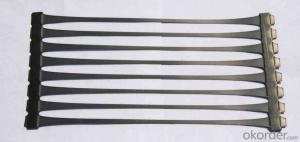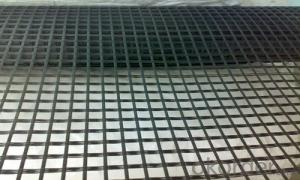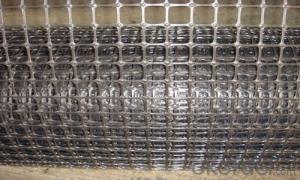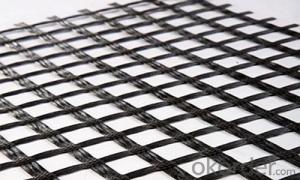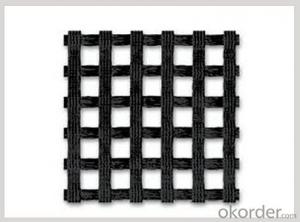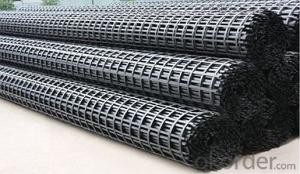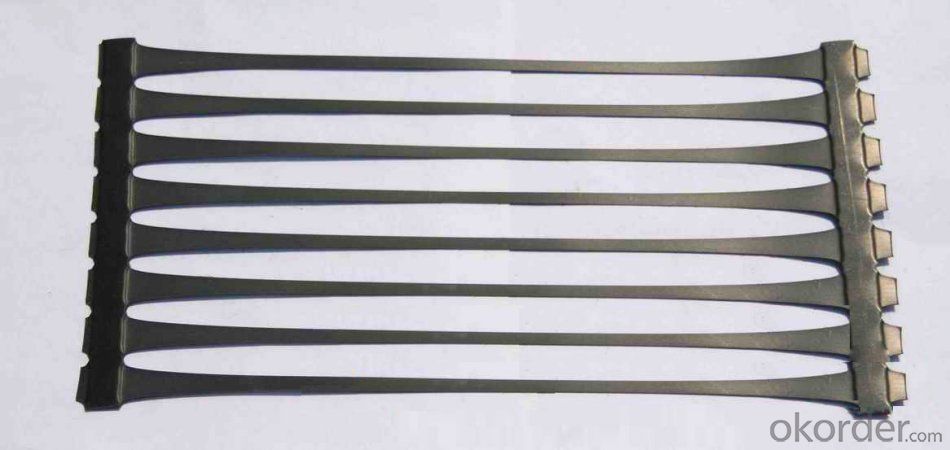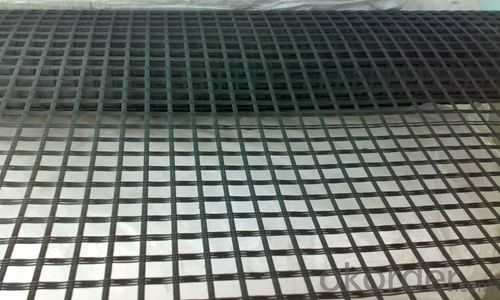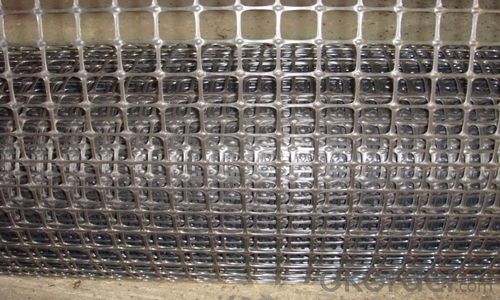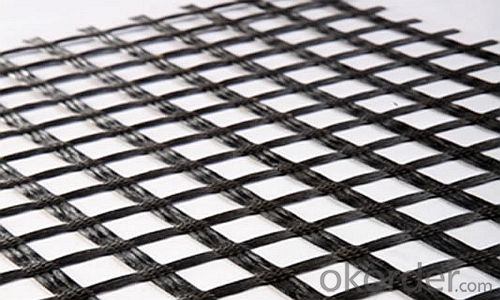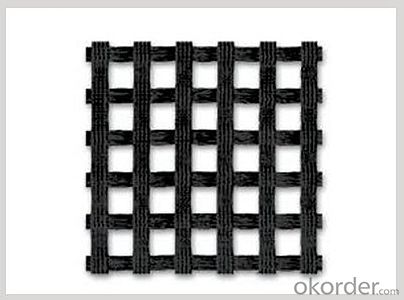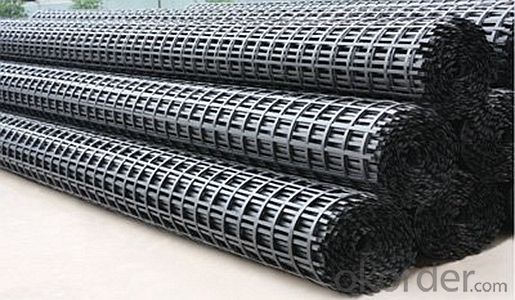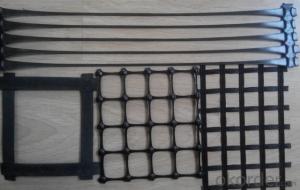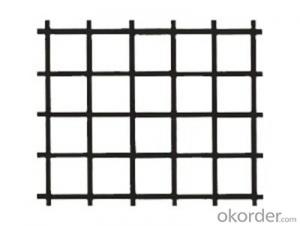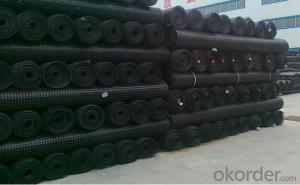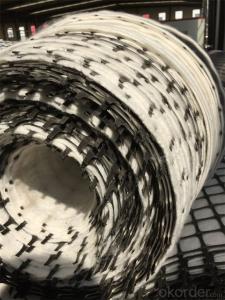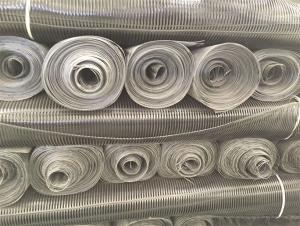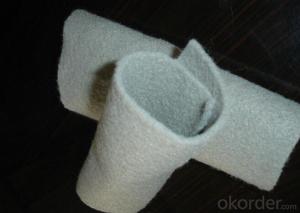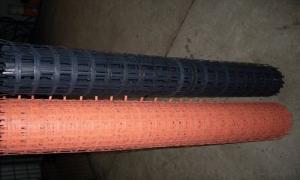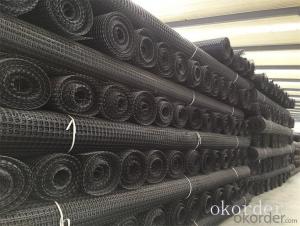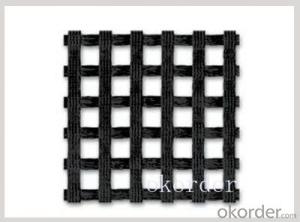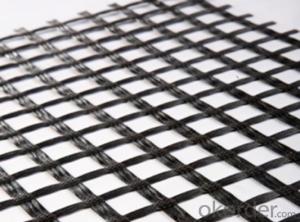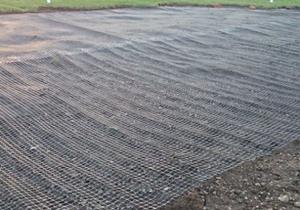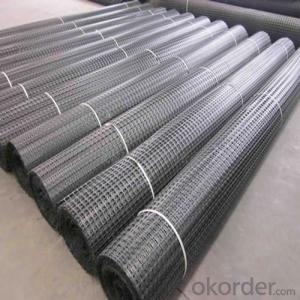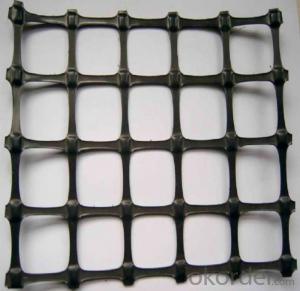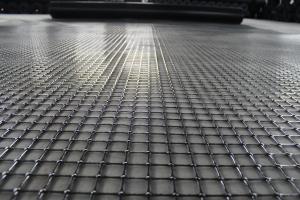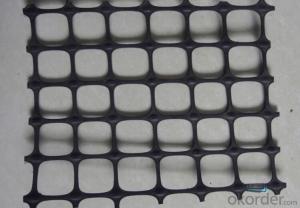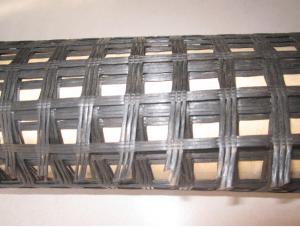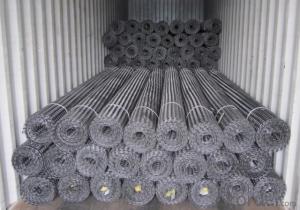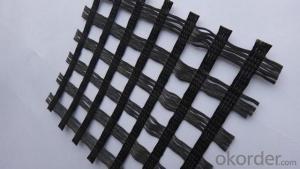Road Reinforcement Geogrids for Dikes, Dams, and Civil Engineering Construction
- Loading Port:
- China main port
- Payment Terms:
- TT OR LC
- Min Order Qty:
- 1000 m²
- Supply Capability:
- 10000000 m²/month
OKorder Service Pledge
OKorder Financial Service
You Might Also Like
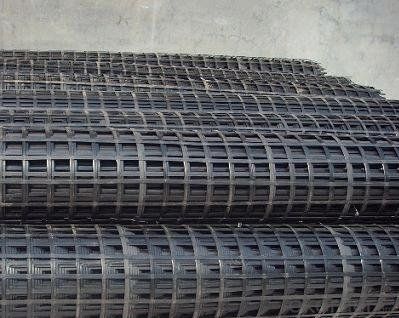
Introduction
Type:
Geogrids
Place of Origin:
Shandong, China (Mainland)
Brand Name:
OEM or Road
Model Number:
EGA50-50, EGA80-80, EGA100-100
High density Biaxial Geogrids
Biaxial geogrids are designed to have roughly the same tensile strength in both directions and to distribute loads over a wider area, increasing the load capacity of the soil. Base reinforcing geogrids interlock with the aggregate to confine the base and reinforce the subgrade. In paved or unpaved applications, they reduce rutting and help maintain the desired aggregate depth.
CNBM offers BaseGrid biaxial geogrids for base reinforcement. They are manufactured by welding or stitching together two layers of extruded, polypropylene, flexible geogrids to create a continuous sheet that will not separate. The two grids are offset before welding or stitching, creating a stable, continuous sheet with random-sized apertures for improved soil interaction.
Our Service
Quality assurance
1.On a regular basis or as per your request,we entrust national testing agencies to conduct quality inspections
2. Strictly in accordance with the ISO9001-2008 international quality system standard,we monitor and manage the whole process throughout production,quality testing,and measurement to ensure product quality
3. For quality-related construction delay or substandard construction(except for damage or losses due to customer’s responsibility or irresistible natural disasters),we have refunding,replacement,and repair services.We will respond to customers’ feedbacks on quality issues within 24 hours.
Packaging & Shipping
Packing: PLASTIC FILM INSIDE, AND WOVEN BAG OUTSIDE
Shipping: About 15 days after receipt the deposit
FAQ:
Q: What kind of payments does jenor support?
A: T/T, L/C, Cash are accepted.
Q: Do you charge for the samples?
A: Accordeing to our company policy, the samples are free, we only charge the freight fee. And we will return the freight fee during the next order.
Q: Can you produce according to customers' design?
A: Sure, we are professional manufacturer, OEM and ODM are both welcome.
Q: Do you have other products?
A: Yes, please check the pictures:
- Q: What is the effect of soil type on geogrid performance?
- The effect of soil type on geogrid performance is significant. Different soil types have varying properties such as particle size, compaction, and stability, which directly influence the interaction between the soil and geogrid. Cohesive soils like clay may provide better interlocking with the geogrid, resulting in improved load-bearing capacity. On the other hand, granular soils like sand or gravel may offer less resistance to the geogrid. Therefore, understanding the soil type is crucial in determining the appropriate design and installation of geogrids to ensure optimal performance and long-term stability.
- Q: What are the factors that affect the long-term oxidation resistance of geogrids?
- The factors that affect the long-term oxidation resistance of geogrids include the type of polymer used in the geogrid manufacturing, the quality of the polymer, the exposure to UV radiation, temperature fluctuations, and the presence of chemicals or pollutants in the surrounding environment.
- Q: Asked the retaining wall engineering grille mistook polypropylene as high density polyethylene, how to do? Is there any remedy?
- What is wrong with the polypropylene in the geogrid in the retaining wall of the road? Performance will not be affected? Is there any remedy?
- Q: What is the tensile strength of a geogrid?
- The tensile strength of a geogrid refers to its ability to withstand pulling forces without breaking. It is typically measured in units of force per unit of width, such as kilonewtons per meter (kN/m). The specific tensile strength of a geogrid can vary depending on its material composition and design.
- Q: How do geogrids improve the performance of reinforced soil slopes in seismic areas?
- Geogrids improve the performance of reinforced soil slopes in seismic areas by providing enhanced stability and resistance against seismic forces. These geosynthetic materials act as a reinforcement, effectively distributing the loads and reducing the potential for slope failure during seismic events. Geogrids increase the strength and stiffness of the soil, minimizing the development of shear strains and displacements. This results in improved slope stability, reduced deformation, and better overall performance in seismic areas.
- Q: How do geogrids improve the stability of landfills?
- Geogrids improve the stability of landfills by providing reinforcement to the soil layers. They act as a barrier to prevent the sliding and spreading of waste materials, increasing the overall strength and stability of the landfill. Additionally, geogrids help in distributing the load evenly, reducing the stress on the landfill walls and preventing potential failures or collapses.
- Q: Can geogrids be used in ground improvement for industrial facilities?
- Yes, geogrids can be used in ground improvement for industrial facilities. Geogrids are often used to reinforce the soil and improve its stability, which is crucial for supporting heavy structures and equipment in industrial settings. By distributing the load more evenly and reducing settlement, geogrids can enhance the overall performance and longevity of the ground beneath industrial facilities.
- Q: Can geogrids be used in soil stabilization for parking lots?
- Yes, geogrids can be used in soil stabilization for parking lots. Geogrids are commonly used as a reinforcement material to improve the load-bearing capacity of soil and prevent its movement, which is beneficial in parking lots where heavy vehicles are often present. By providing additional strength and stability, geogrids help to prevent the formation of potholes, rutting, and other damage caused by the repetitive loading and unloading of vehicles.
- Q: How is the installation of geogrids carried out?
- The installation of geogrids is typically carried out by first preparing the subgrade or soil surface. The area is then cleared of any debris or vegetation, and the soil is compacted to provide a stable foundation. Once the subgrade is ready, the geogrids are rolled out and placed on top of the soil. They are then secured using stakes, pins, or other fastening methods to prevent movement during installation. Finally, the geogrids are covered with additional layers of soil or aggregate material to create a stable and reinforced structure.
- Q: The difference between the overlap length and the overlapping width of the geotextile in reinforced embankment
- The geotextile, which may be exposed for a long time, should be welded or stitched. All stitches must be carried out continuously (for example, point seams are not allowed). Before stitching, geotextile must overlap at least 150mm. The minimum distance of needle selvage (material exposed edge) is at least 25mm.
Send your message to us
Road Reinforcement Geogrids for Dikes, Dams, and Civil Engineering Construction
- Loading Port:
- China main port
- Payment Terms:
- TT OR LC
- Min Order Qty:
- 1000 m²
- Supply Capability:
- 10000000 m²/month
OKorder Service Pledge
OKorder Financial Service
Similar products
Hot products
Hot Searches
Related keywords
